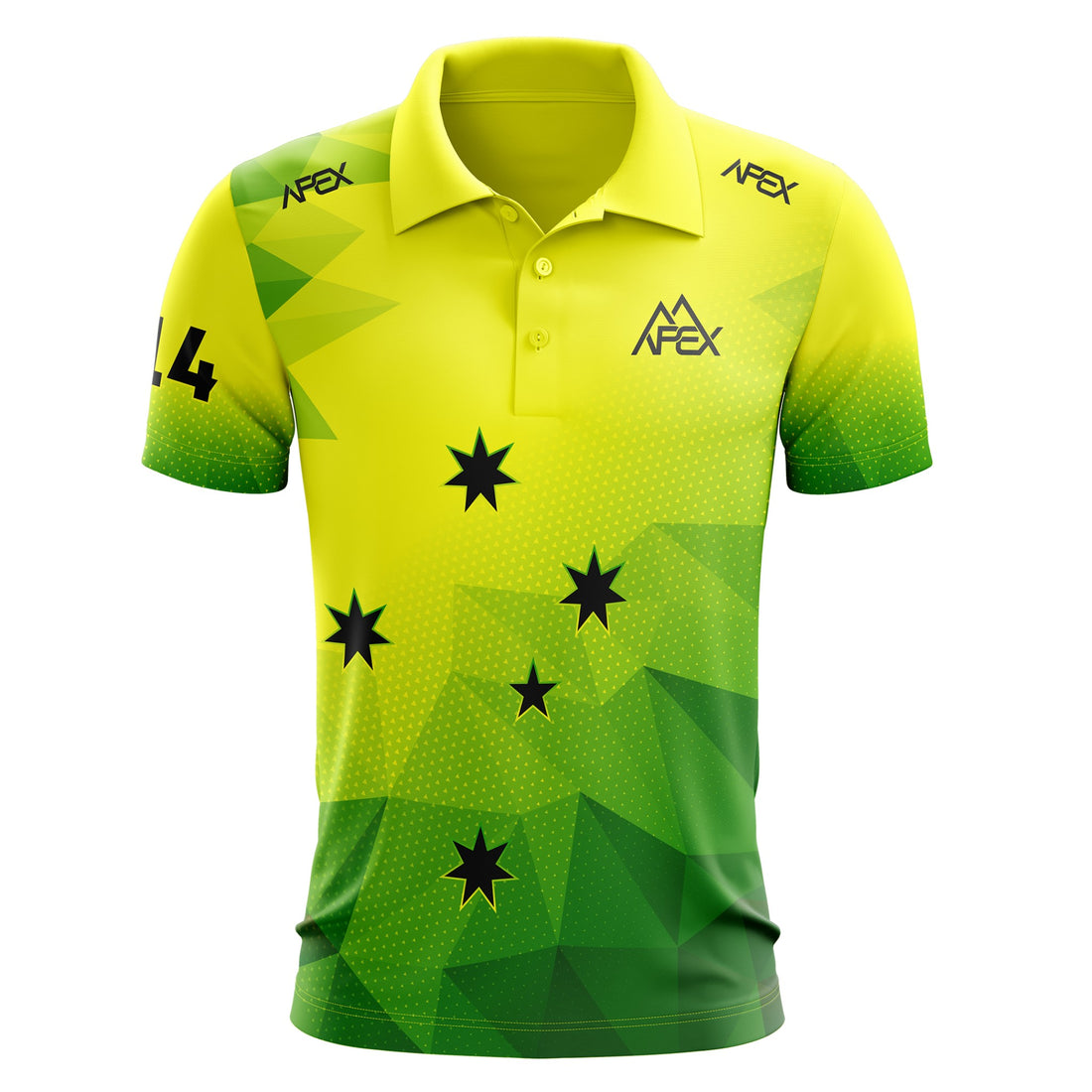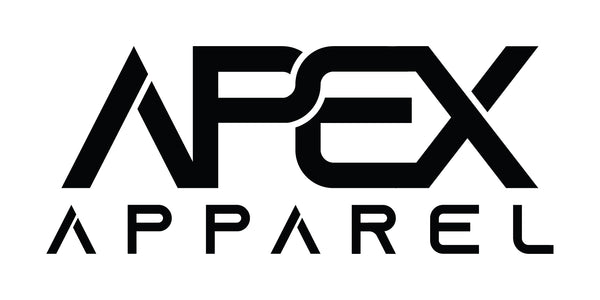
What is Sublimation Print?
Share
What exactly is Sublimation?
Sublimation is a process by which a substance transforms directly from a solid to a gaseous state, without converting to a liquid first. This transformation occurs only at certain temperatures and pressures.
The term "sublimation" is used to refer to the physical transformation from a solid to a gas state.
What is Sublimation Shirt Printing?
Sublimation shirt printing is an advanced technique for transferring designs onto textile materials such as polyester or polyester blends.
This process utilizes special transfer paper and heat, causing the ink to vaporize into the fabric to create a permanent, durable image that won't crack or peel.
It involves a higher cost than other shirt printing methods, but offers a longer-lasting result.
Are sublimation and heat transfer processes identical?
Sublimation is distinct in that only the ink is transferred onto the material, whereas heat transfer typically involves transferring a transfer layer with the ink.
Is sublimation possible on any surface?
For optimum sublimation outcomes, polyester materials are the preferred option. Additionally, a number of objects with a specialized coating such as mugs, mouse pads, coasters, etc. can accept sublimation printing.
Sublimation is occasionally achievable on glass however, specialized treatment with a spray-on medium is essential in that case.
Sublimation has certain limits to its effectiveness as a printing process.
When considering sublimation as a printing option, color selection is a key limitation. Sublimation is essentially a dye process; therefore, the most effective results are achieved on white or light-colored fabrics. Darker materials, such as black shirts, may fare better with a different digital print method.
Can a sublimation printer produce white ink?
Sublimation utilizes CMYK printing and, therefore, is unable to produce white hues as a result of any combination of base color inks. While printing onto white materials and lighter colors is possible, any designs containing white tones cannot be used with sublimation.
Screen printing is limited to the use of a single color at any given time, thereby increasing the time taken to achieve the proper alignment of multiple colors. The resulting setups thus take an extensive amount of time when more than one color is involved.
Sublimation eliminates the need to ensure the accurate alignment of colors as this method produces the design all at once. Moreover, customizing designs is straightforward, as users merely need to tweak the artwork and generate a fresh transfer to see the alterations.
Choice of Materials
For many, this modern technology has revolutionized the printing process, allowing them to compare various options more efficiently. Screen printing offers the most flexibility in terms of materials, offering the ability to print on virtually any surface, regardless of its position. On the other hand, dye sublimation is best used on polyester-based or polyester-mixed materials that are either white or light-colored.
